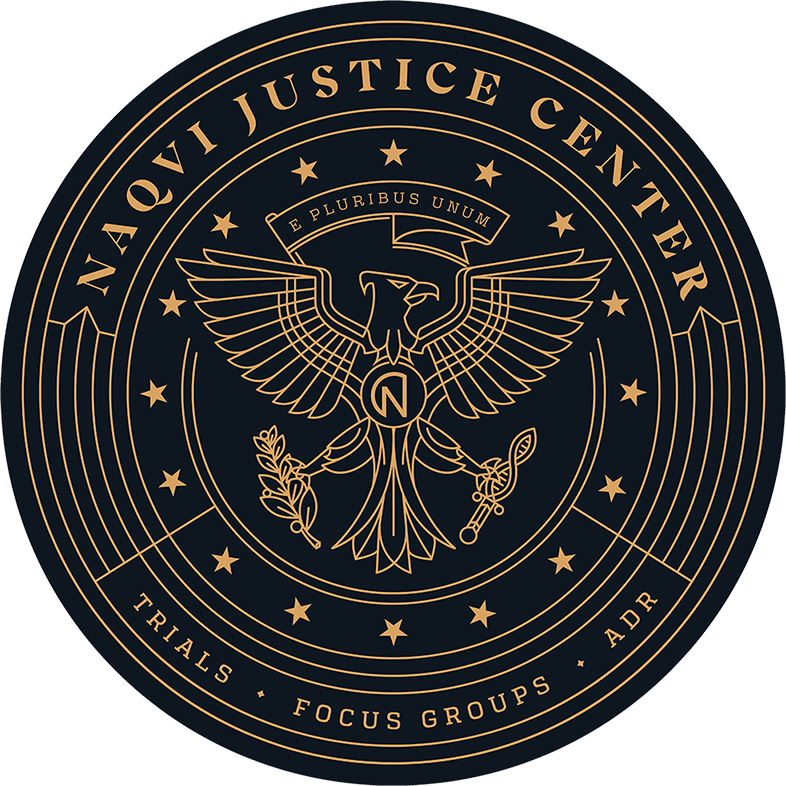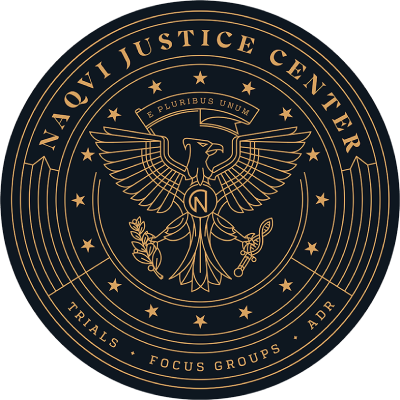A woman was critically injured in a serious pedestrian knockdown incident in northeast Las Vegas.
The pedestrian-car crash took place near the intersection of Nellis and Lake Mead Boulevards. According to witnesses at the scene, the woman, whose name was not released, crossed against the light and outside the crosswalk; she also appeared to be texting. The woman was rushed to a nearby hospital with life-threatening injuries.
The driver, whose name was also not released, apparently remained at the scene.
Factual Defenses in Negligence Cases
Insurance companies, which are the defendants in most car crash cases, make money by collecting premiums and not by paying claims. This rule particularly applies when the claimant, such as the plaintiff in a car crash case, is a non-policyholder, because in these situations, the insurance company has an even lower incentive to pay the claim.
So, many insurance companies fight these cases tooth and nail. One of the more common defenses is the sudden emergency doctrine, because in some cases, it completely excuses an otherwise negligent party. The elements of this defense are:
- Unexpected Event: A hood fly-up or tire blow-out are completely unexpected events, in both the legal and practical sense of the phrase. Stalled cars, slow-moving cars, and other common events are not generally considered “sudden emergencies.” Situations like the one described above – a pedestrian crossing at a non-intersection while failing to look both ways – are in a grey area.
- Reasonable Behavior: A sudden emergency is not a license to drive recklessly. Rather, tortfeasors (negligent drivers) must act reasonably in the wake of the emergency, by stopping or pulling to the right or whatever is safest.
Additionally, for the doctrine to apply, the defendant can have no responsibility whatsoever in creating the situation.
Comparative Fault
If the insurance company is unable to flip liability, it often tries to shift at least part of the blame, and contributory fault is like a limited sudden emergency doctrine in this regard. Nevada is a modified comparative fault state with a 51 percent recovery bar. So, if there is evidence of multiple liability (e.g. plaintiff was speeding and defendant was intoxicated), the jury or factfinder must determine that the defendant was at least 51 percent responsible for the plaintiff to recover damages.
Before the jury can consider comparative fault, the judge must be satisfied that enough evidence exists to support a finding of negligence for either party. In other words, the mere hope that a jury may blame the plaintiff for part of the crash is not sufficient.
Often in these situations, it is a good idea for an attorney to “accentuate the positive,” as the old song goes. Emphasizing what the plaintiff did right while driving helps develop jury sympathy and, at the same time, makes the defendant’s negligent conduct seem more egregious.
Connect with an Assertive Lawyer
Most car crash cases involve complex legal issues. For a free consultation with an experienced personal injury attorney in Las Vegas, contact Naqvi Injury Law. Mr. Naqvi was recently voted Las Vegas’ top car crash lawyer.

